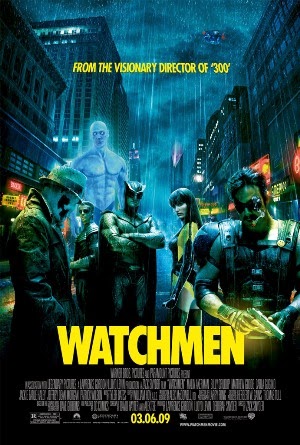For my final essay, I would love to explore the famous
dichotomy of Batman and Superman. In the class, we are presented to the pair in
the form of former allies, now starkly divided by their respective upholding
and distain of an unjust law, in Frank Miller’s The Dark Knight Returns.
In the Dark
Knight Returns, Batman and Superman are represented as polar opposite in terms
of where they stand in the modern day. Bruce Wayne is an old man now, not quite
what he used to be, on the outside. He has given up his acts of vigilantism,
because of a truce the superhumans of yesteryear came to with the United States
government. Meanwhile, Clark Kent
is still as young and vibrant as he had ever been. Inside, however, Clark has become pacifistic towards the ways of man;
instead of being a hero to the people, he is a puppet of the government. Clark ’s values as an individual sway him to avoid conflict
and take orders from whoever is wearing the badge. Even as civilians, Bruce
Wayne and Clark Kent
stand as opposites.
The
difference between the two is exacerbated, if not defined by, when they are in
costume. Clark Kent ’s
Superman, stands tall, colorful, all-powerful, and is unafraid of opposition.
He doesn’t even wear a mask! Superman is a stark contrast to Bruce Wayns’s
Batman: clad in black, residing in the shadows, essentially powerless is you
look past his fighting skills and awesome gadgets.
On a baser
level, Batman stands for vengeance, whilst Superman stands for authority.
Interestingly both vengeance and authority can be interpreted as a symbol for
justice. Batman’s is a more personal struggle against crime as his very origins
are steeped in it. Superman, however, is the child of fortune. Raised by
country folk, Superman was taught a healthy respect for law and order above all
things.
One can
begin to see oppositions in Batman and Superman that parallel political
ideologies. Superman, the Man of Tomorrow, is an immigrant from the planet Krypton,
raised in the heartland of America .
He learns to use his seemingly infinite powers for the good of the people who
brought him in. Superman is in a way the embodiment of the American Dream; he
is an immigrant, who came to America
and made a place for himself in the world. One could go on to note, that he, as
with the American dream, is twisted in Frank Miller’s The Dark Knight Returns.
Whenever the government has become biased, authoritarian and overpowered, so
too has Superman.
For Batman,
after his parent’s tragic demise, he lived a life of financial comfort with the
billions he inherited. But Bruce Wayne was so distraught by his parents’ death
that he vowed to solemnly avenge them by pouring every ounce of his being into
his crusade against crime. Where Superman is the embodiment of the American
dream, Batman is the embodiment of the human condition; he is stubborn,
resourceful, seemingly powerless, but in possession of a willpower that is
second to none. He is an embodiment of what every person can be whenever they
give themselves over to a cause bigger than themselves. For Batman, in The Dark
Knight Returns, he has become old and frail and in need of a legacy; just as
the human spirit is impermanent, and in need of remembrance.
.jpg)





























